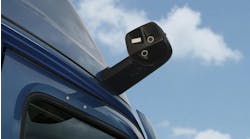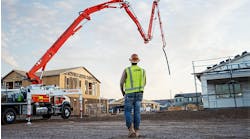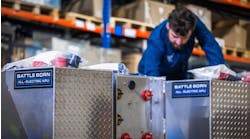Do you know how productive your shop is? I mean really know, because you are measuring things like dwell time, actual repair time, and rework/come backs, or whatever key performance indicators are important to your operation?
Without hard data it is nearly impossible to know just how well your shop and technicians are doing. If you are not currently measuring shop and technician productivity, you should consider doing so.
Of course in order to get an accurate assessment of your shop you need good data and good data starts with VMRS coding and SRTs. Using the common language of VMRS and the agreed-upon repair times of SRTs allows for accurate comparisons.
The next step is to collect information from every service event, be it a PMI or an actual repair. Once you are doing that you can start to look at things like:
- How long is it taking to complete diagnostics assessments?
- How long from when the diagnosis is complete to when the repair is completed?
- How much time is spent waiting for parts?
- How often (and on which types of repairs) are technicians exceeding SRTs?
- How often does a truck come back to the shop for the same repair?
You can then use this information to make improvements in your shops. If certain repairs are exceeding SRTs, do you need to train or retrain technicians on a particular repair procedure? If you are losing valuable time because parts are not available, you can revamp the selection of the on-hand parts inventory you maintain or establish relationships with distributors or dealers who can get you parts quickly.
If you operate out of more than one shop, consistently collecting this data will allow you to determine problem areas on a shop-by-shop basis. You can also look at data by technician and tailor training to fill in gaps for each of your technicians.
When you improve the productivity of your shop, you also improve the efficiency of your fleet.


